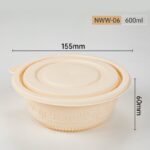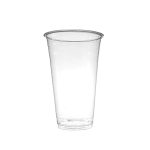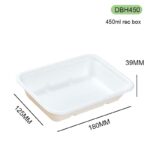From Kitchen Chaos to Organized Meals
Meal prep has become more than a fitness trend—it is now a global lifestyle choice. Whether you are a restaurant managing thousands of takeout orders or a health-conscious consumer preparing meals for the week, the right packaging can make or break efficiency. In 2025, Compartment Food Containers are at the center of this shift, helping brands and consumers achieve better organization, safer storage, and greater sustainability.
👉 Looking for reliable solutions? Explore our Compartment Food Containers designed for both meal prep and professional catering.
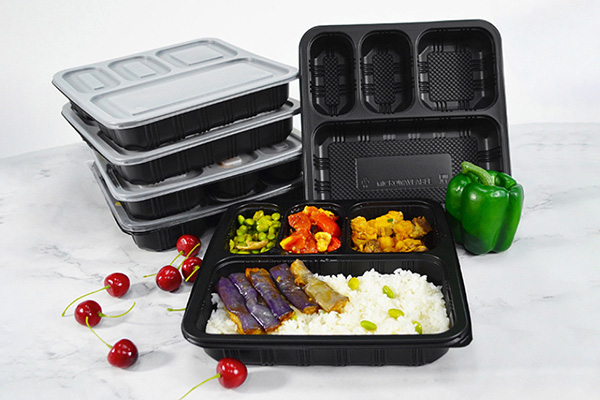
Why Meal Prep Needs Better Packaging
The global meal prep market is projected to reach $21 billion by 2030, driven by consumers looking for convenience without compromising nutrition. However, packaging remains a challenge:
-
Cross-contamination between sauces, proteins, and sides.
-
Food waste due to poor sealing or leakage.
-
Storage inefficiency in refrigerators and freezers.
Compartment Food Containers solve these challenges by separating food into neat sections, ensuring that freshness, taste, and nutrition remain intact.
The Structure of Efficiency: Multi-Compartment Advantage
Unlike single-chamber lunch boxes, Compartment Food Containers are engineered with multiple sections, each designed to preserve flavor and portion control.
Benefits of multi-compartment design:
-
Prevents flavor mixing: Curry won’t leak into rice, and salad stays crisp.
-
Supports balanced diets: Consumers can portion proteins, carbs, and vegetables in separate sections.
-
Saves time for foodservice staff: Pre-portioned meals speed up assembly lines.
📌 Example: Airlines and school meal programs use 3-compartment containers to ensure consistent nutrition and fast serving times.
Food Safety: Protecting Consumers and Brands
With stricter global regulations, food packaging safety is under scrutiny. Poor packaging can lead to contamination, spoilage, and reputational damage.
How Compartment Food Containers improve safety:
-
Leak-proof lids reduce bacterial exposure during delivery.
-
Temperature resistance (–20 °C to 120 °C) ensures stability in microwaves and freezers.
-
International certifications: FDA, LFGB, and SGS compliance prove containers are safe for food contact.
👉 Ensure food safety and brand trust with our certified Compartment Food Containers for restaurants and retail chains.
Material Options: Matching Safety With Sustainability
Different businesses have different safety and sustainability priorities. Luckily, Compartment Food Containers are available in multiple materials:
-
PP (Polypropylene): Microwave-safe, freezer-safe, recyclable in most municipal systems.
-
PLA (Polylactic Acid): Compostable, best for eco-driven businesses.
-
Cornstarch-based containers: Renewable and biodegradable, suitable for regions with strict plastic bans.
Each material supports hygiene while helping brands comply with EPR regulations and consumer expectations.
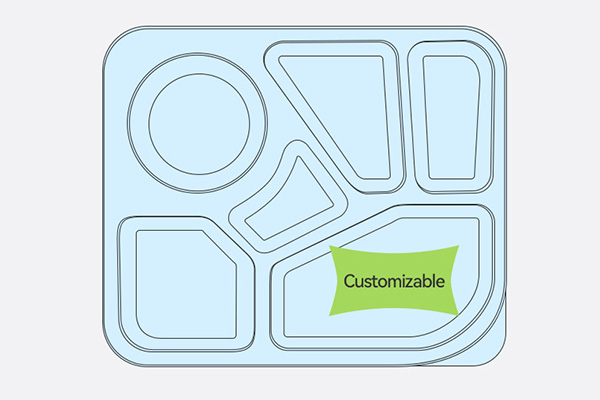
Expert Insights
Dr. Laura Kim, Food Safety Specialist:
“Compartment containers significantly reduce the risk of cross-contamination in high-volume catering. They also provide consistent barrier protection, ensuring food safety even in long distribution chains.”
David Miller, Meal Prep Entrepreneur:
“Since switching to compartment trays, our prep times dropped by 25%. Clients love the convenience, and our brand image improved due to the professional presentation.”
Case Studies
🥗 Case 1: U.S. Meal Prep Company
A start-up supplying weekly fitness meals switched to PP Compartment Food Containers. Results:
-
Reduced customer complaints about leakage by 40%.
-
Improved operational efficiency with stackable containers.
-
Increased subscription renewals due to professional presentation.
🍱 Case 2: Asian Bento-Style Restaurant
A bento chain adopted PLA-based Compartment Food Containers to comply with new plastic bans. Outcomes:
-
Passed government compliance audits.
-
Strengthened eco-friendly brand positioning.
-
Reduced carbon footprint by 30%.
Market Trends in 2025
-
Health & wellness boom: More consumers are turning to meal prep for weight management and nutrition.
-
Regulatory compliance: Restaurants need certified food-safe packaging to pass inspections.
-
Premium presentation: Takeaway meals must look as good as dine-in, boosting the need for multi-compartment designs.
-
Customization surge: Brands are requesting embossed logos and unique layouts to differentiate.
Buyer’s Guide: What to Check Before Ordering
When sourcing Compartment Food Containers, consider:
-
✅ Durability: Can it handle freezer + microwave cycles?
-
✅ Leak resistance: Test with oily and liquid foods.
-
✅ Certifications: Look for FDA, LFGB, and EN13432 (for compostables).
-
✅ Customization options: Embossing, logo printing, color variations.
-
✅ MOQ & delivery: Flexible suppliers with fast turnaround reduce risks.
👉 Check our customizable Compartment Food Container solutions designed for global foodservice brands.
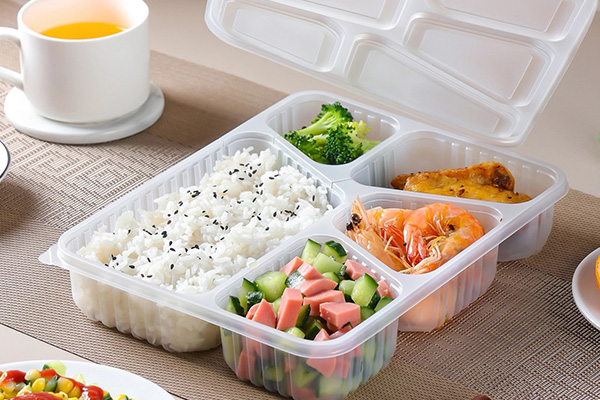
Conclusion: Safer, Smarter, and More Sustainable
In 2025, Compartment Food Containers are no longer just about convenience—they are strategic tools for efficiency, safety, and brand credibility. From reducing meal prep time to ensuring food hygiene and meeting sustainability goals, they empower businesses to thrive in a competitive market.
👉 Ready to upgrade your food packaging? Explore our Compartment Food Container solutions to combine efficiency with food safety.
9. FAQ
Q1: Can Compartment Food Containers be used for frozen meals?
Yes, PP containers are freezer-safe and prevent cracking under low temperatures.
Q2: Are they safe for children’s school lunches?
Absolutely. BPA-free and food-grade certifications ensure safety for all age groups.
Q3: Can I reheat oily food in them?
Yes, PP containers can withstand up to 120 °C, suitable for microwave reheating.
Q4: Do PLA containers work in microwaves?
No, PLA is compostable but not heat-resistant. PP is recommended for reheating.
Q5: Are compartment containers export-friendly?
Yes, lightweight, stackable, and compliant with global standards, making them ideal for international logistics.


